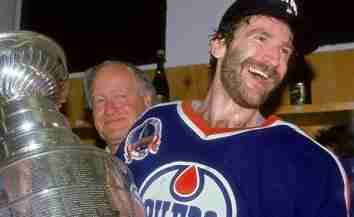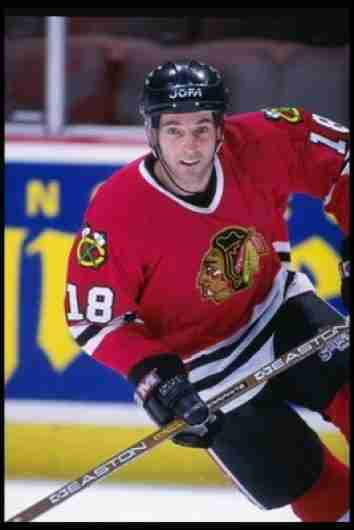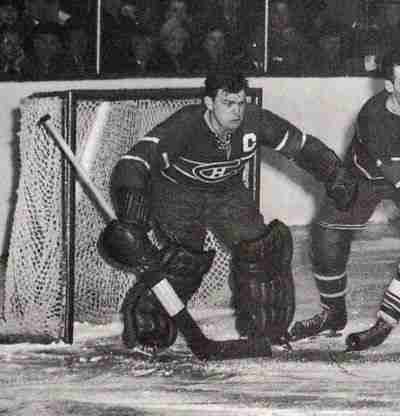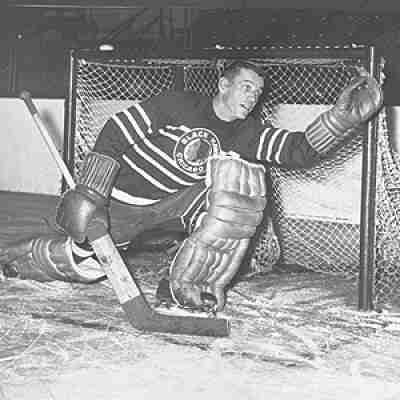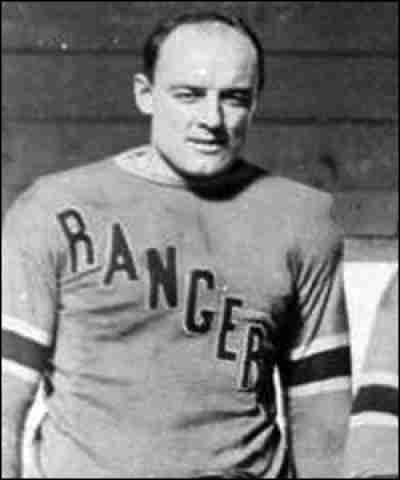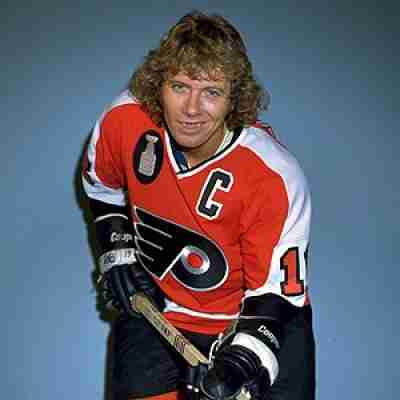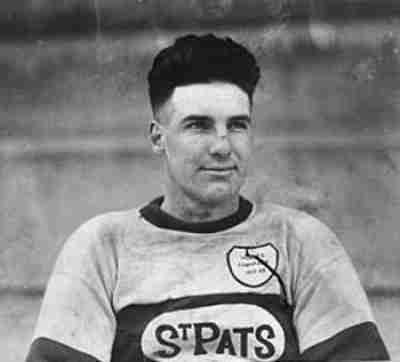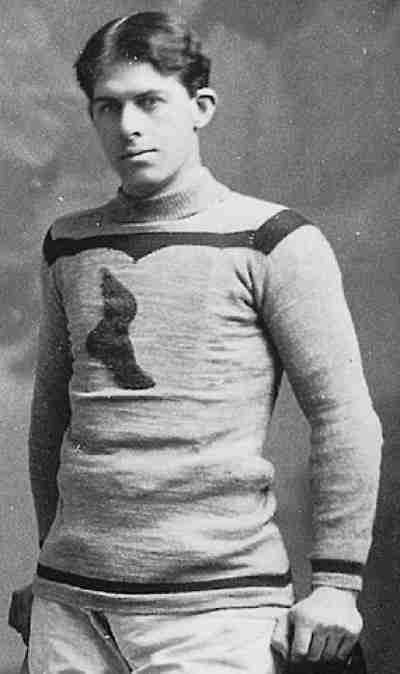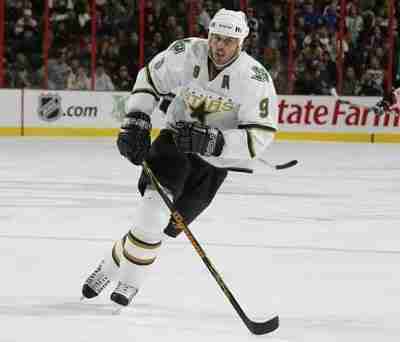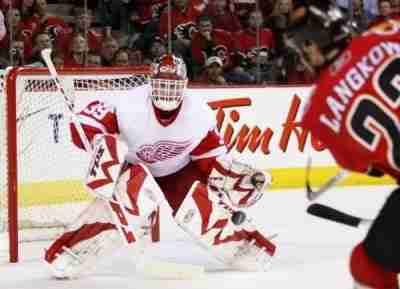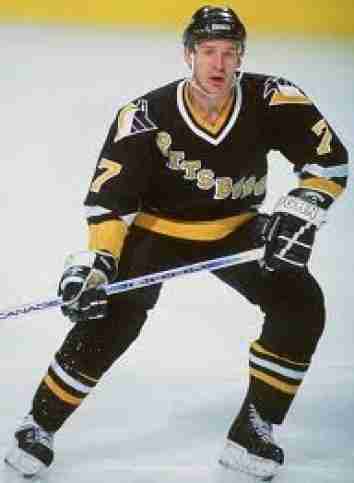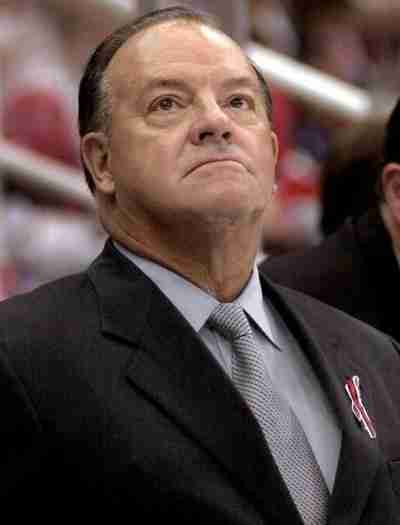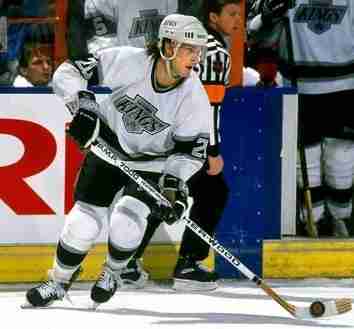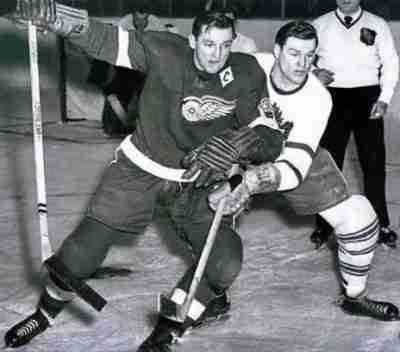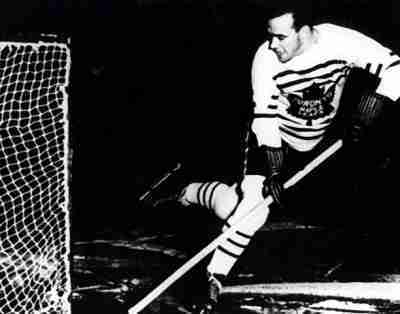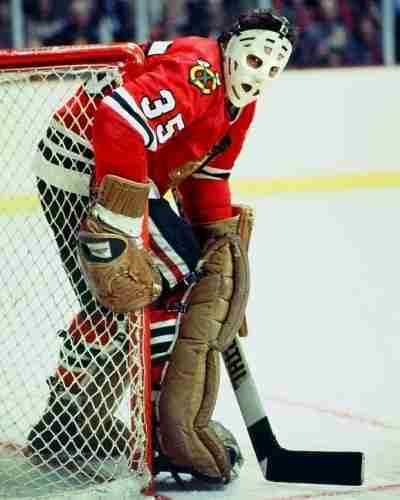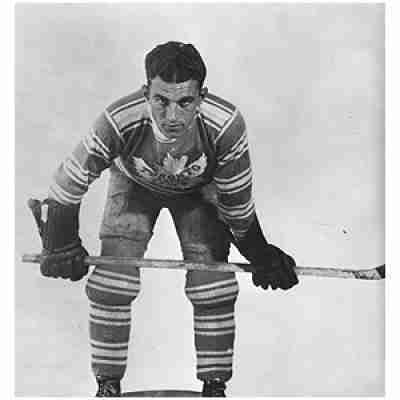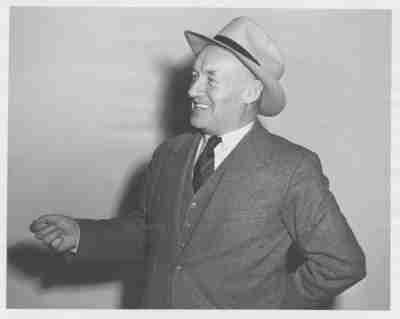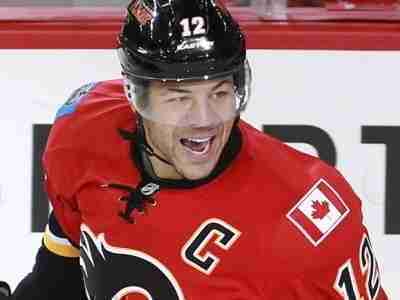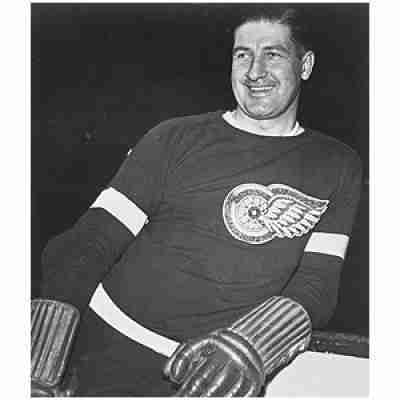Current Hockey Hall of Fame Inductees (383)
Outside of the province of Ontario, how many people are aware of the city of Kingston? Let’s take that a step further. How many outside of Canada know about this place? We will wager that it isn’t a lot, and those that answer that they heard of it, probably are thinking of the version in Jamaica instead. Now had this city on the Northeastern corner of Lake Ontario remained the home of the Hockey Hall of Fame would it have developed a bit of an international flair or enhanced reputation? Maybe it would have been more of a staple of “Canadiana”, as Kingston is the home of the First Canadian Prime Minister, and the unofficial band of Canada, The Tragically Hip. Stands to reason that it would have been a great fit for the unofficial sport of Canada (it is actually lacrosse) and the official passion of the country.With the launch of the Baseball Hall of Fame, the sport of hockey looked to follow suit. Its biggest league, The National Hockey League had a core of seven teams (which was pared down to six in 1942, when the New York Americans suspended operations) was a healthy organization, and though it was only relevant in cold weather climates, it was a sport that already had a long history, and the coveted Stanley Cup; which was then (and still is) the most impressive trophy in the entire sporting world.
The biggest proponent of an institution recognizing hockey excellence was a Canadian named James T. Sutherland. Born in 1870 (in Kingston naturally), Sutherland played as much hockey as he could and was a member of the Athletic Club of Kingston which was part of what was believed to be the first organized league the sport had. He would later form the Kingston Frontenacs, who would participate in the Ontario Hockey Association and would eventually become the Leagues president. Captain Sutherland (a rank he would achieve serving for Canada in World War I) would create the Memorial Cup; a trophy honoring those who fought in the Great War and to be given to the top Junior team in Canada. Incidentally, this is still the same trophy given to the team that wins the post season tournament in the Juniors in Canada.
Once the National Hockey League and the Canadian Amateur Hockey Association agreed to mutually put together a Hall, Sutherland (who had also served as the President of the CAHA) fought for Kingston to be its home. It was not just because he was a native of the city, but because he legitimately believed that Kingston was the rightful birth of modern hockey (which is near impossible to prove). Regardless of where hockey began, Kingston was to be pegged as its home.
Although construction had yet to begin on the facility, the first class was selected in 1945 which inducted nine players. It also had a “Builders” category which honored those who helped develop the game. As we look at those who are inducted to this institution, we will do so chronologically. Let’s take a ride on Hockey’s highway shall we?
A career point per game player in his lengthy NHL career, Glenn Anderson had the fortune of playing for some excellent Edmonton Oilers teams and won five Stanley Cups as a result. Anderson may not have been as heralded as Messier, Coffey, Kurri and Gretzky, but he was a solid contributor in his own right, topping the 100 point mark three times and finishing two…
A brilliant playmaking Centre, Denis Savard was an over a point per game player throughout his career. He had his best efforts while playing with the Chicago Blackhawks in the 1980’s and would hit the 100 point mark on five occasions. The gifted forward would often find unique way to get the puck to his teammates, or put it in the net. Basically, this was…
Bill Durnan may have only played seven seasons in the National Hockey League, but his vast accomplishments were impossible to ignore. In six of his seven years, Durnan won the Vezina Trophy and was a First Team All Star. He would also backstop the Habs to the Stanley Cup twice. Had Bill Durnan entered the league sooner (he did not enter until he was 28, content…
One of the greatest goaltenders of hockey’s early era, Charlie Gardiner’s greatness was curtailed at the age of 29 by a brain hemorrhage that took him away only weeks after his greatest triumph.
An inaugural member of the New York Rangers, Ivan “Ching” Johnson may not have been the best athlete in hockey (in fact he was far from it), but he mastered the art of defensive hockey with punishing body checks and slowing down offensive skaters with subtle clutching. Johnson was not paid to score (which is good, as he didn’t often) but his defensive acumen had few…
A severe diabetic, many thought for certain that Bobby Clarke would not have much of a career in the National Hockey League. Clarke won the Bill Masteron Trophy in 1972 for his perseverance in becoming a star for the Philadelphia Flyers. Often though, the awarding of the Masterton Trophy usually caps a career; for Bobby Clarke it was just the beginning.
Good enough to have become a professional Baseball player (Connie Mack of the Philadelphia Athletics offered him $25,000 to sign with his team), Babe Dye elected to remain with his true love of Hockey and fans of the sport were rewarded with the spectacular sound of his blistering slap shot.
A somewhat dubious induction in our eyes to the Hockey Hall of Fame little seems to be known about Arthur Farrell (even on the Hockey HOF’s own website). Farrell was however a two time Stanley Cup champion with the Montreal Shamrocks and scored a good amount of goals in those series. Farrell did however go on to write three “How-to” books on how to play Hockey…
The first player selected in the 1988 NHL Draft, Mike Modano would go on to have a very fruitful career as the highest scoring player all time by an American born player. Modano would take the Dallas Stars to their first ever Stanley Cup Championship in 1999 and would also be named to a Second Team All Star squad.
The best Goalie of his time, and a man with a case to say he was the best ever, Dominik Hasek had a spectacular run taking the Czech Republic to an unexpected Olympic Gold in 1998 and was a two time Hart Trophy Winner and six time Vezina Trophy Winner. If he had any real NHL talent in front of him, his fingers would be…
No matter how many other Americans hit the 500 goal and/or 1,000 point mark in the NHL, Joe Mullen will always have the honor of being the first. Mullen was a dependable forward for multiple NHL teams and hit the 40 goal mark six times. He was a pesky player, whose ability to evade attackers and avoid trouble made him a valuable player and earned…
Although we have covered players who returned to the ice after they were inducted into the Hockey Hall of Fame, and owners who completely should have been kicked out after they were inducted, we now have a builder who continued to have a Hall of Fame career AFTER he was inducted.
Luc Robitaille spent nineteen seasons in the NHL and won a Stanley Cup as a member of the Detroit Red Wings in 2002, but it was his tenure in Los Angeles years before where he had his greatest success. For a six year stretch, Robitaille was considered the games top Left Wing, and he would hit the 100 point mark four times as a member…
Dubbed “Bootnose” from an unfortunate incident on the losing end of a Rocket Richard punch, Sid Abel should be remembered for more than a colorful nickname from a head butt to a fist. Abel was the Centre of the Detroit Red Wings “Production Line” with Ted Lindsay and Gordie Howe and was a part of three Stanley Cup wins for Motown. His best season was the…
A five time goal scoring champion in the National Hockey League, Charlie Conacher was a star player for the Toronto Maple Leafs and was the Right Wing of their famed “Kid Line”. Conacher was aptly nicknamed “The Big Bomber” for his powerful shot that scared goaltenders for years. He was not a one trick pony, as he was an underrated skater who could also elude defenders…
One of the top Goalies of the 1970’s, Tony Esposito played the majority (all but thirteen games) of his career with the Chicago Blackhawks. He won the Calder Trophy in 1970, which was also the same year he won his first of three Vezinas. Chicago was a good team in the early 70’s, but declined as the decade progressed. Esposito was still a good goalie…
A three time Assists champion in the National Hockey League, Joe Primeau was also one the game’s most classy players. Primeau won the Lady Byng Award in 1932, which was also the same season he won the Stanley Cup with the Toronto Maple Leafs. He would spend his entire professional playing career in Toronto and “Gentleman” Joe was considered one of those great playmakers who made…
After building the New York Rangers and developing a core that would become the Stanley Cup Champions, Conn Smythe bought the Toronto St. Pats and renamed them the Maple Leafs. The franchise would see their greatest success under Smythe’s ownership and he also financed Maple Leaf Gardens. It is likely that fans of the Buds probably wished that Smythe would have developed an elixir for immortality…
One of the best and most resected power forwards in his era, Jarome Iginla emerged as a physical presence and a very consistent scorer. Currently, Iginla holds the record for the most Goals and Points in Calgary Flames history and has led the NHL in Goals twice and Points once. With three First Team All-Star selections under his belt, and the 1,000 Point plateau hit,…
A consistent points producer, Marty Barry was one of the more durable players of his era. Barry only missed two games in a ten year span and often found himself in the top ten in scoring. Barry found himself in Motown and was a big part of consecutive Detroit Red Wings Stanley Cup championship in 1936 and 1937.


